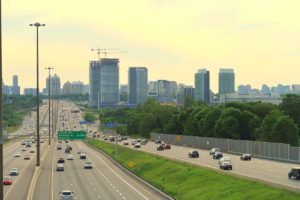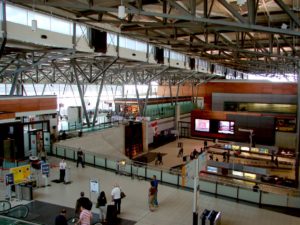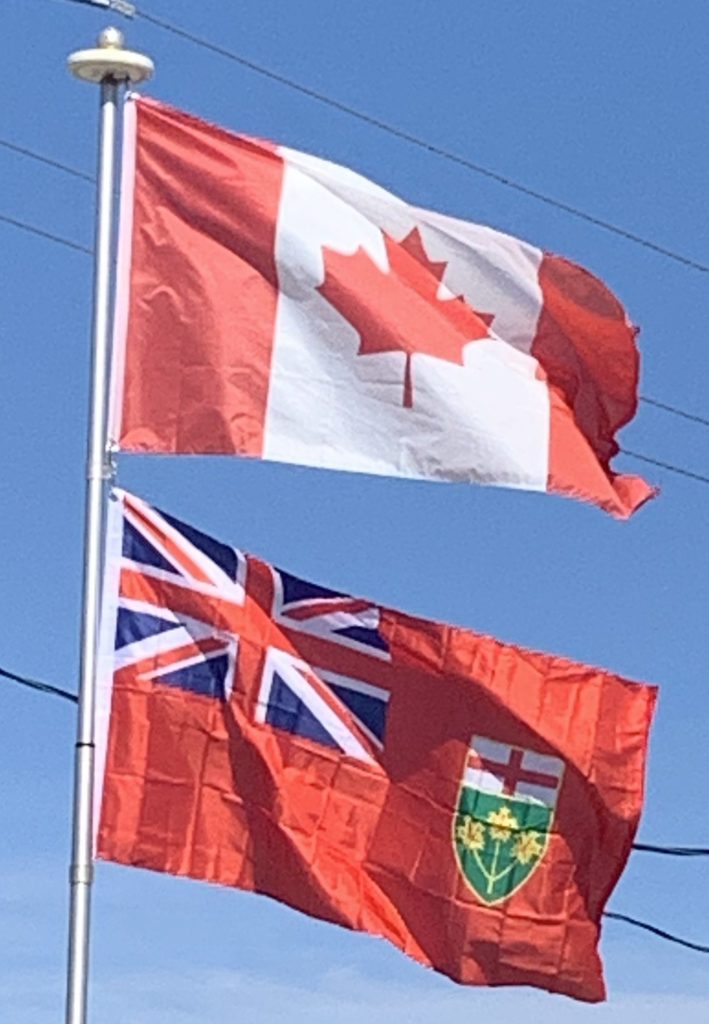
Waterways:
The Saint Lawrence Seaway, which extends across most of the southern portion of the province and connects to the Atlantic Ocean, is the primary water transportation route for cargo, particularly iron ore and grain. In the past, the Great Lakes and St. Lawrence River were also a major passenger transportation route, but over the past half century passenger travel has been reduced to ferry services and sightseeing cruises.
Railways:
Via Rail operates the inter-regional passenger train service on the Quebec City–Windsor Corridor, along with The Canadian, a transcontinental rail service from Southern Ontario to Vancouver, and the Sudbury–White River train. Additionally, Amtrak rail connects Ontario with key New York cities including Buffalo, Albany, and New York City. Ontario Northland provides rail service to destinations as far north as Moosonee near James Bay, connecting them with the south.
Regional commuter rail is limited to the provincially owned GO Transit, and serves a train-bus network spanning the Golden Horseshoe region, with Union Station in Toronto serving as the transport hub.
The Toronto Transit Commission operates the province’s only subway and streetcar system, one of the busiest in North America. OC Transpo operates, in addition to bus service, Ontario’s only light rail transit line, the O-Train in Ottawa.
A light-rail metro called the Confederation Line is under construction in Ottawa. It will have 13 stations on 7.8 miles and part of it will run under the city’s Downtown and feature three underground stations. In addition, the Ion light rail and bus rapid transit system is under construction in the province’s Waterloo region.
Air Travel:
Important airports in the province include Toronto Pearson International Airport, which is the busiest airport in Canada, handling nearly 50 million passengers in 2018. Ottawa Macdonald–Cartier International Airport is Ontario’s second largest airport. Toronto/Pearson and Ottawa/Macdonald-Cartier form two of the three points in Canada’s busiest set of air routes (the third point being Montréal–Pierre Elliott Trudeau International Airport).

Most Ontario cities have regional airports, many of which have scheduled commuter flights from Air Canada Jazz or smaller airlines and charter companies – flights from the mid-size cities such as Thunder Bay, Sault Ste. Marie, Sudbury, North Bay, Timmins, Windsor, London, and Kingston feed directly into larger airports in Toronto and Ottawa. Bearskin Airlines also runs flights along the northerly east-west route, connecting Ottawa, North Bay, Sudbury, Sault Ste. Marie, Kitchener and Thunder Bay directly.
Isolated towns and settlements in the northern areas of the province rely partly or entirely on air service for travel, goods, and even ambulance services (MEDIVAC), since much of the far northern area of the province cannot be reached by road or rail.
Flag of Ontario:
Before 1965, the Canadian Red Ensign had served as the de facto national flag of Canada. It was flown at all military installations in Canada and overseas, outside the legislature and government buildings, at Royal Canadian Legion halls, and many private homes.
